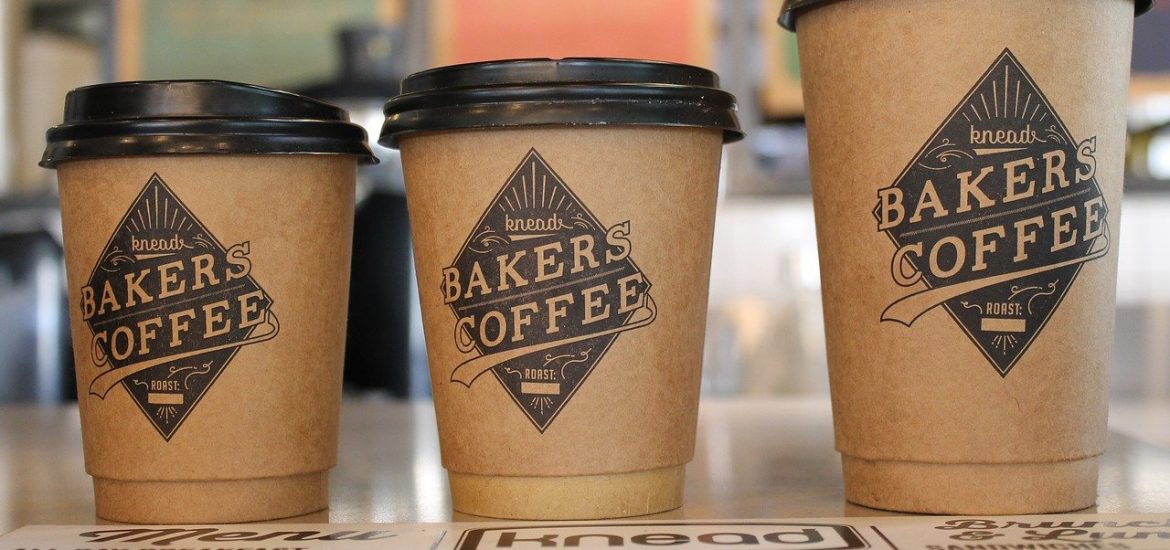The United Kingdom alone uses over 2.5 billion single-use coffee cups.

What to do with disposable coffee cups? Turn them into useful products
The debate over single-use coffee cups has been raging for some time, involving governments, coffee chains, fast-food brands and environmental organizations around the world. And as well it should.
The United Kingdom alone uses over 2.5 billion single-use paper coffee cups every year – enough to stretch around the world roughly five and a half times. Yet fewer than 1 in 400, or just 0.25%, are recycled.
Some 500,000 cups are thrown away every day and plans for a nationwide scheme to charge 25p on takeaway cups were scrapped in the Houses of Parliament despite evidence that this type of initiative would reduce cup usage. During a trial period in 2018 the number of cups plummeted from 58,000 a month to 15,000 per month when the surcharge was applied.
So let’s looks at this issue in a new light. What if instead of banning or reducing these cups, we focused on unlocking their potential value?
In essence, these cups are recyclable. However, due to the complicated way they are produced, the vast majority of coffee cups do not end up being recycled.
Though they are made largely of paper, disposable coffee cups are lined with plastic, typically polyethylene, that is tightly bonded to the paper making the cups waterproof and therefore able to contain liquid. Recycling these coffee cups is further hampered by the fact they are contaminated with drink.
As a consequence, these cups cannot be recycled at standard paper recycling plants and must instead be taken to special facilities, of which only a few exist throughout Europe.
Flipping this challenge on its head requires viewing these cups as containing potentially valuable raw material that we can tap into, given a strong collection infrastructure.
Following years of research on paper plastic composites, Nextek has been deep diving into ways in which strong blends of paper fiber and plastics can be re-used and one of the first products to emerge is the rcup, the world’s first re-usable cup made from recycled paper cups.
Now WRAP Cymru has brought Nextek and the UK’s leading composite decking manufacturer, Ecodek, together to find a way to clean and shred used coffee cups to produce strong polymer composites. This collaborative project – one in a series of recycled content trials funded by the Welsh Government and led by WRAP Cymru – seeks to demonstrate that such composites can be turned into a totally waterproof building material, which can use up to 200 cups per square meter.
This innovative approach aims to shift away from our current reliance on wood in building materials and harvest the ‘urban forest’ instead. We are quite literally surrounded by awkward to recycle materials such as plastic laminated papers or cartons that could be turned into a unique composite, that has endless possibilities
This material has the potential to be used for multiple applications, from waterproof decking and furniture to providing structurally strong materials on a much bigger scale. Its durability, strength and versatility could easily match wood as a building material, in fact in many instances it would surpass it.
Whilst this is not the first time that used coffee cups have been given a new life, it could be a game-changer in that it will be able to re-use a substantial volume of the world’s single use plastic cups and turn them into environmental friendly building material, harvested from our urban waste.
Certainly we need to consider all options for turning the tide on single-use cups. Next year Ireland will impose a so-called latte levy on disposable coffee cups, the UK, however, is still resisting calls by campaigners and lawmakers to impose a similar levy.
Harvesting the urban forest could be the turning point where the once maligned disposable coffee cup is turned into valuable material for everyday products.








